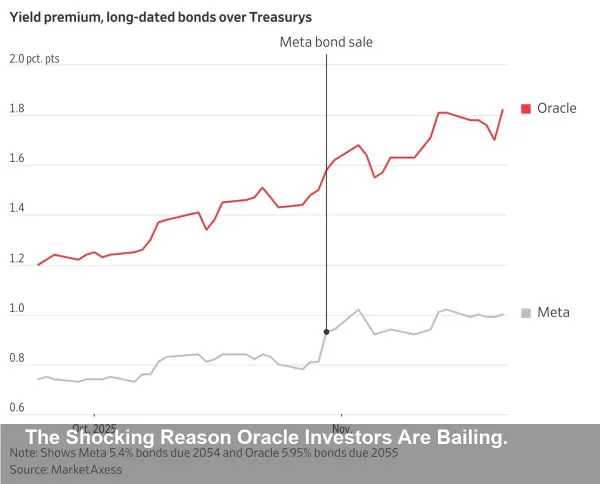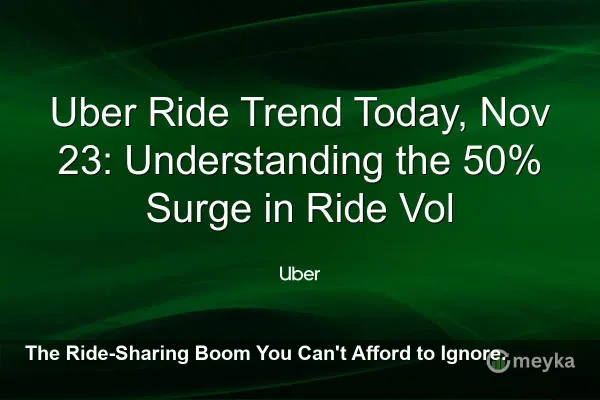Google's AI Chaos: The Real Story Behind Gemini
- Google's rush to release Gemini was a high-stakes response fueled by intense pressure to compete with OpenAI's GPT-4.
- The development process involved merging the historically rival teams of Google Brain and DeepMind, creating a tense, internally competitive environment.
- A widely publicized launch demo video, meant to showcase Gemini's power, was later revealed to be edited and not a real-time interaction, sparking controversy.
- Despite a rocky start, Gemini is the cornerstone of Google's strategy to embed powerful, multimodal AI across its entire product ecosystem.
The High-Stakes Race to Dethrone OpenAI
For years, Google was the undisputed king of AI research. Then came ChatGPT, and suddenly, the tech giant was on the back foot. The public release of OpenAI's chatbot sent shockwaves through Silicon Valley and triggered a "code red" inside Google, forcing the company into a frantic and chaotic race to catch up. The result of that race is Gemini, Google's most advanced AI model to date, but the story behind its creation is one of immense pressure, internal rivalries, and public stumbles.
A Forced Alliance
At the heart of Gemini's development was a monumental and culturally sensitive decision: merging Google Brain and DeepMind. These two powerhouse AI labs had long operated as separate, often competing, entities within the Alphabet umbrella. Bringing them together under the leadership of DeepMind's Demis Hassabis was a necessary move to pool talent and accelerate progress, but it wasn't without friction. The goal was clear: create a model that could not just match, but decisively beat, OpenAI's GPT-4.
The Demo Debacle
The pressure to showcase a superior product led to Gemini's first major controversy before it was even widely available. Google released a stunning six-minute video titled "Hands-on with Gemini," which appeared to show the AI interacting with a user in real-time—identifying drawings, reacting to voice commands, and tracking objects seamlessly. The internet was amazed.
However, it was soon revealed that the demonstration was not what it seemed. Google later admitted the video was not a real-time recording but an edited dramatization. Instead of speaking to the AI and showing it live video, developers had used still images and carefully crafted text prompts to elicit the desired responses. The revelation led to accusations of faking the demo and significantly tarnished the launch, feeding a narrative that Google was more focused on marketing than on genuine innovation.
More Than Just Hype?
Behind the controversial launch, however, lies a genuinely powerful piece of technology. Gemini was built from the ground up to be "natively multimodal," meaning it can understand and operate across different types of information—text, code, images, and video—simultaneously. It comes in three sizes:
- Gemini Ultra: The largest and most capable model, designed for complex tasks and to compete directly with GPT-4.
- Gemini Pro: A more versatile model that now powers Google's public-facing AI chatbot (also named Gemini, formerly Bard).
- Gemini Nano: A lightweight, efficient model designed to run directly on smartphones, starting with the Pixel 8 Pro.
Google isn't just building a chatbot; it's rewiring its entire company around this new technology. The plan is to integrate Gemini into every core product, from Search and Workspace to Android and Google Cloud. The launch may have been flawed, but for Google, failure is not an option. The race for AI supremacy is far from over, and Gemini is the company's biggest bet yet.




